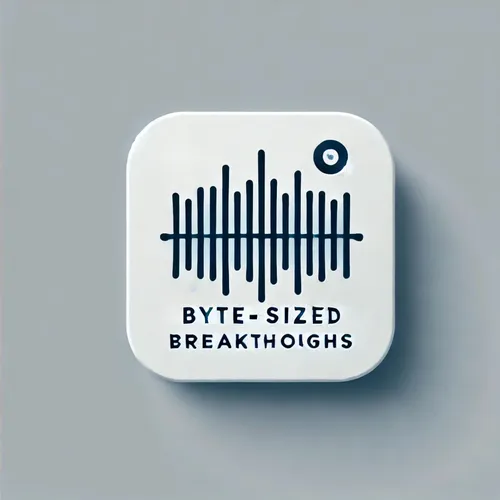Unsupervised Occupancy Fields for Perception and Forecasting
- Author
- Arjun Srivastava
- Published
- Thu 18 Jul 2024
- Episode Link
- https://arjunsriva.com/podcast/podcasts/2406.08691/
The paper 'UnO: Unsupervised Occupancy Fields for Perception and Forecasting' introduces a novel approach to perception and forecasting in self-driving vehicles using unsupervised learning from raw LiDAR data. By leveraging occupancy fields and deformable attention mechanisms, the UnO model outperformed existing methods on point cloud forecasting and semantic occupancy tasks, showing promise for enhancing the robustness and safety of autonomous systems especially in scenarios where labeled data is limited or rare events occur.
Read full paper: https://arxiv.org/abs/2406.08691
Tags: Computer Vision, Machine Learning, Autonomous Driving
